Animals have evolved various modes of locomotion that provide advantages in their environments. Just as birds are known for flying and fish for breathing underwater through gills, bipedalism—a mode of walking on two legs—is a unique adaptation found in relatively few animals, including humans. In this article, we explore the definition of bipedal animals, their characteristics, and 20 examples of animals that walk on two legs.

What Are Bipedal Animals and Their Characteristics
Examples of Bipedal Animals
Kangaroos (Family Macropodidae)
Tyrannosaurus rex
Penguins (Family Spheniscidae)
Meerkats (Suricata suricatta)
Canaries (Serinus canaria)
Chickens (Gallus gallus domesticus)
Ostriches (Struthio camelus)
Brown Bears (Ursus arctos)
Chimpanzees (Pan troglodytes)
Humans (Homo sapiens sapiens)
Other Bipedal Animals
Bipedal animals are those that walk primarily on their hind limbs. To support upright movement on two legs, animals must undergo skeletal modifications. Bipedalism can be classified into two types:
Obligate bipedalism: animals that walk exclusively on two legs.
Facultative bipedalism: animals that can alternate between walking on two or four legs.
Key anatomical adaptations for bipedalism include modifications in the pelvis, knees, hind limbs, tail (if present), spine, and ribcage. Typical characteristics of bipedal animals include:
Strong hind limbs
Enhanced field of vision
Greater dexterity in forelimbs for some species
Balanced weight distribution enabling coordinated movement
While most animals are quadrupeds, bipeds have evolved advantages that allow them unique ecological roles.
Kangaroos have long, powerful hind legs used for hopping rather than walking. Their long tails provide balance and support, allowing them to maintain upright posture. Their small forelimbs contrast with their robust legs, enabling efficient, energy-saving locomotion.

The T. rex was a bipedal theropod dinosaur. It walked on strong hind legs, with small but powerful forelimbs. Its horizontal posture was balanced by a long tail, making it an apex predator of its time.

Penguins walk upright on their hind legs, with their forelimbs evolved into flippers for swimming. Though awkward on land, they are agile swimmers in cold southern oceans and come ashore only to breed.

Meerkats are facultative bipeds native to dry African regions. They stand on two legs to survey surroundings and spot predators, often acting as sentinels for their groups.

Canaries are typical bipeds among birds, standing and walking on two legs while their forelimbs are modified wings for flight.
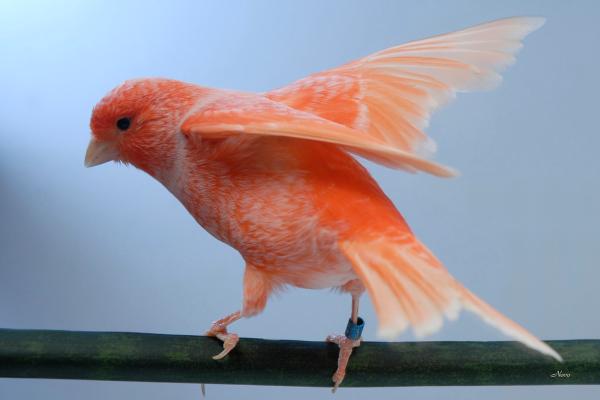
Domesticated chickens depend entirely on bipedal locomotion and have largely lost their flight abilities through selective breeding.
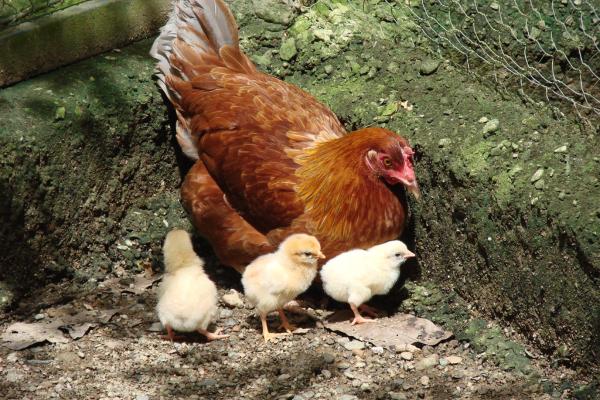
Ostriches are large, flightless birds with muscular hind legs adapted for running at speeds up to 70 km/h, supported by their bipedal stance.
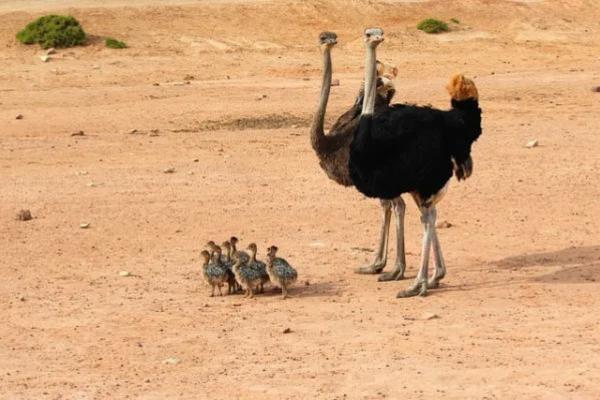
Brown bears can walk on all fours or stand and walk on two legs, which frees their forepaws for gathering food or defensive behaviors.

Chimpanzees are facultative bipeds; they usually knuckle-walk but can walk short distances upright. Their pelvic and chest anatomy resemble early human ancestors.
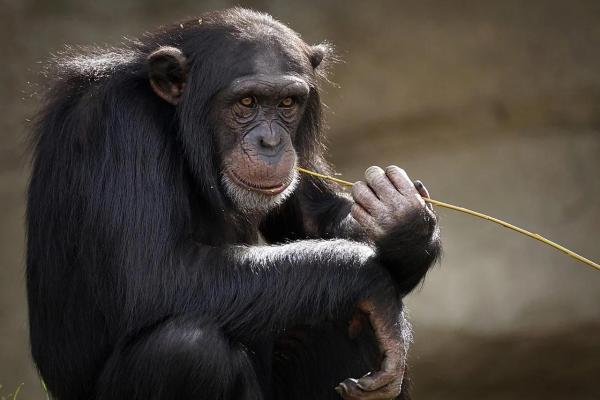
Humans are obligate bipeds with extensive skeletal adaptations supporting upright posture and bipedal locomotion, a key factor in the development of human intelligence, culture, and technology.
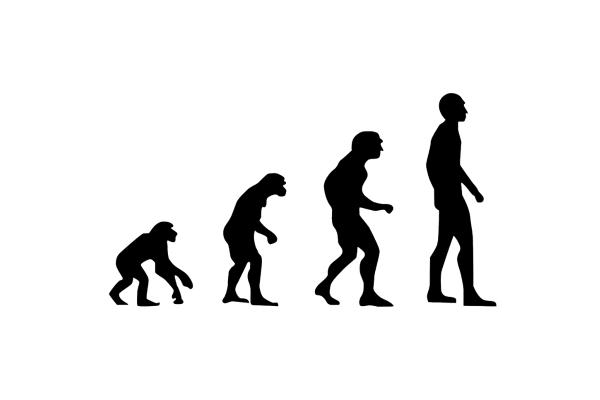
Carnotaurus (Carnotaurus sastrei)
Golden Eagles (Aquila chrysaetos)
Kangaroo Rats (Dipodomys spp.)
Grizzly Bears (Ursus arctos horribilis)
Basilisk Lizards (Basiliscus spp.)
Owls (Family Strigidae)
Bonobos (Pan paniscus)
Hummingbirds (Family Trochilidae)
Gibbons (Family Hylobatidae)
Though relatively rare, bipedal animals exhibit fascinating adaptations that highlight the diversity and complexity of animal locomotion. Their upright posture provides ecological and evolutionary benefits, making them essential players in their environments.
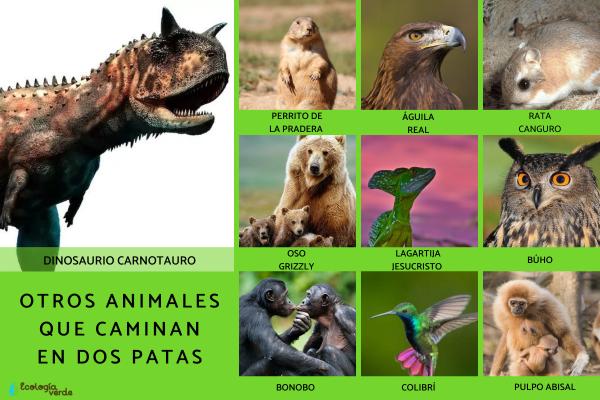
For more articles on bipedal animals and wildlife, please visit our [Wildlife Category].
Bibliography
Beatty, R., Beer, A., & Deeming, C. (2010). The Book of Nature. Great Britain: Dorling Kindersley.
animal tags: Bipedal Animals
We created this article in conjunction with AI technology, then made sure it was fact-checked and edited by a Animals Top editor.